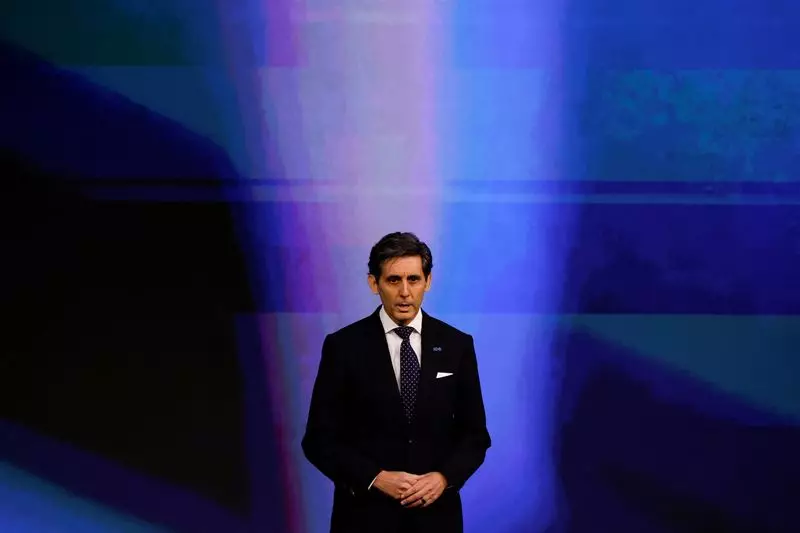Recent reports have surfaced about a significant leadership change at Telefonica, Spain’s telecommunications giant. The state-owned investment fund, SEPI, is reportedly advocating for the replacement of the company’s current Chief Executive, José María Álvarez-Pallete, who has been at the helm since 2016. This proposal suggests that Marc Murtra, the executive chairman of defense company Indra, could take over the role, marking a transformative moment for Telefonica. This move, originating from sources close to the situation, alludes to a shift in strategic direction for the telecom giant as it faces mounting challenges in a competitive market.
The role of SEPI as a shareholder cannot be underestimated, particularly following the Spanish government’s recent investment in Telefonica worth approximately €2.3 billion. The strategic intent behind this acquisition, coupled with SEPI’s influence, indicates an increased government interest in shaping the telecommunications landscape in Spain. The proposed leadership change must be ratified by shareholders during an upcoming board meeting, emphasizing the complexities of corporate governance amidst government involvement.
Furthermore, Murtra’s current leadership at Indra suggests a precedence on defense and aerospace sectors, particularly in response to rising military budgets within Europe. This focus could hint at a potential pivot in strategy for Telefonica if Murtra assumes the role, as elements from his previous successes at Indra may inform corporate strategy in addressing industry challenges.
Over the years, Telefonica, much like its European counterparts, has grappled with profitability pressures primarily driven by intense competition and the need for significant investments in advanced infrastructure, particularly 5G technology. The cutting-edge demands of the telecommunications sector necessitate a robust capital deployment strategy, which has led the company to divest from less profitable segments, including submarine cables and operations in specific Latin American markets.
As global economies recalibrate, the need for advanced telecommunications infrastructure grows increasingly urgent. Telefonica’s strategy to streamline its focus on 5G and fiber optics is critical; however, it also raises questions about long-term sustainability and market positioning. A change in leadership at this juncture could redefine how the company navigates these tumultuous waters.
Looking forward, should Murtra step into the role of CEO, the implications for Telefonica could be profound. His experience in managing a government-linked entity like Indra may offer valuable insights into mobilizing capital and aligning with governmental objectives in the telecommunications field. The success of such a transition will hinge on the ability to balance corporate ambitions with public interests while effectively addressing competitive pressures and technological advancements.
As Telefonica approaches a crucial meeting to discuss leadership, the potential shift in management reflects deeper issues and opportunities within the telecommunications industry. The outcome of this decision will likely set the tone for the company’s trajectory in an increasingly complex environment, further solidifying or potentially destabilizing its market position in the years to come.

